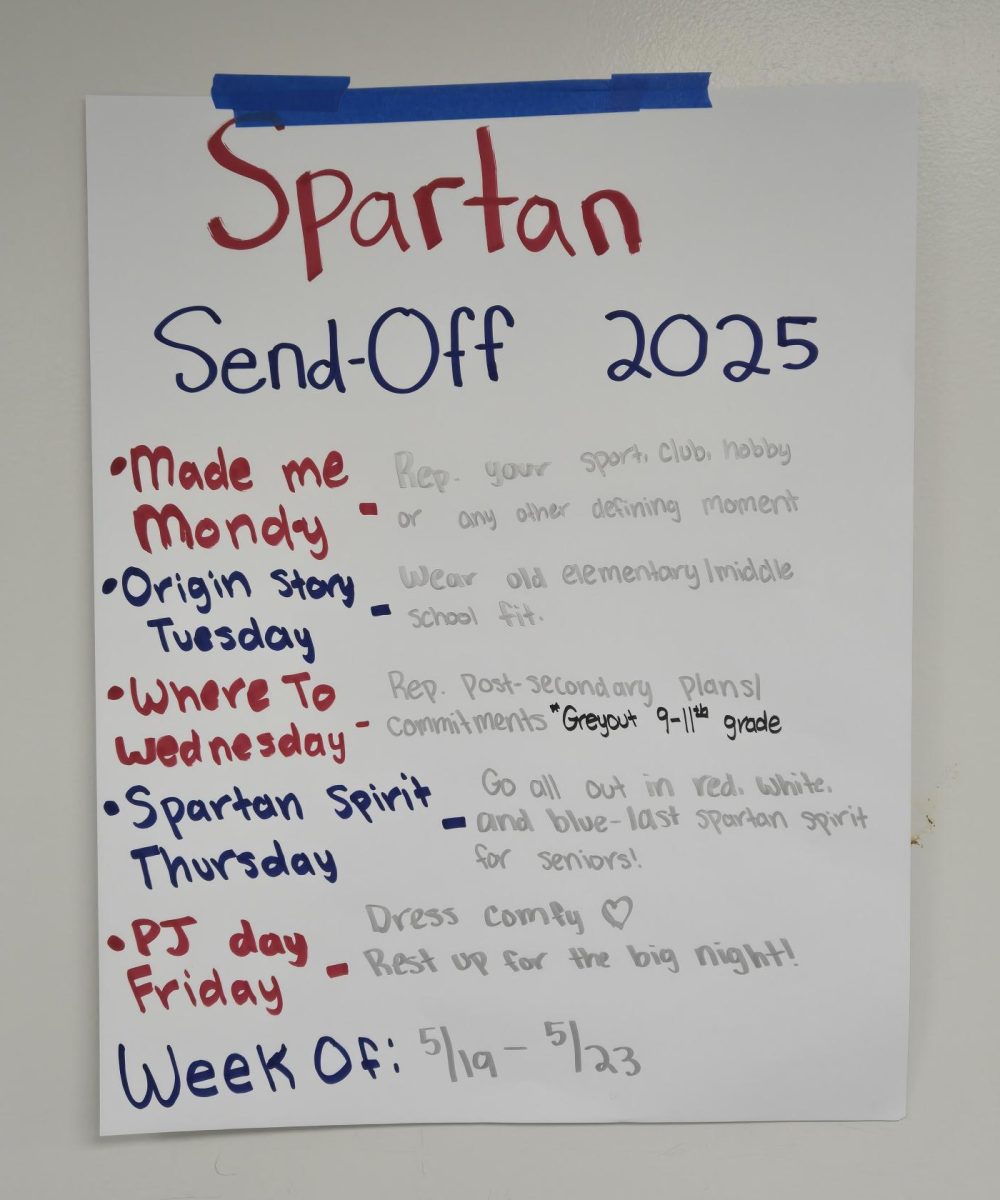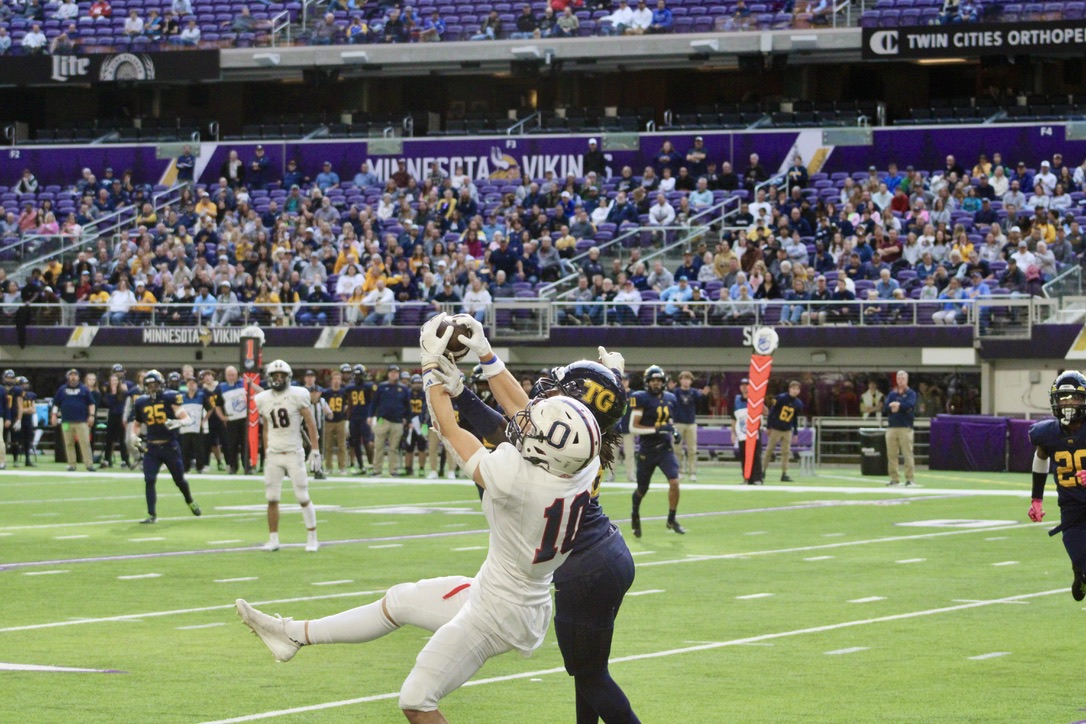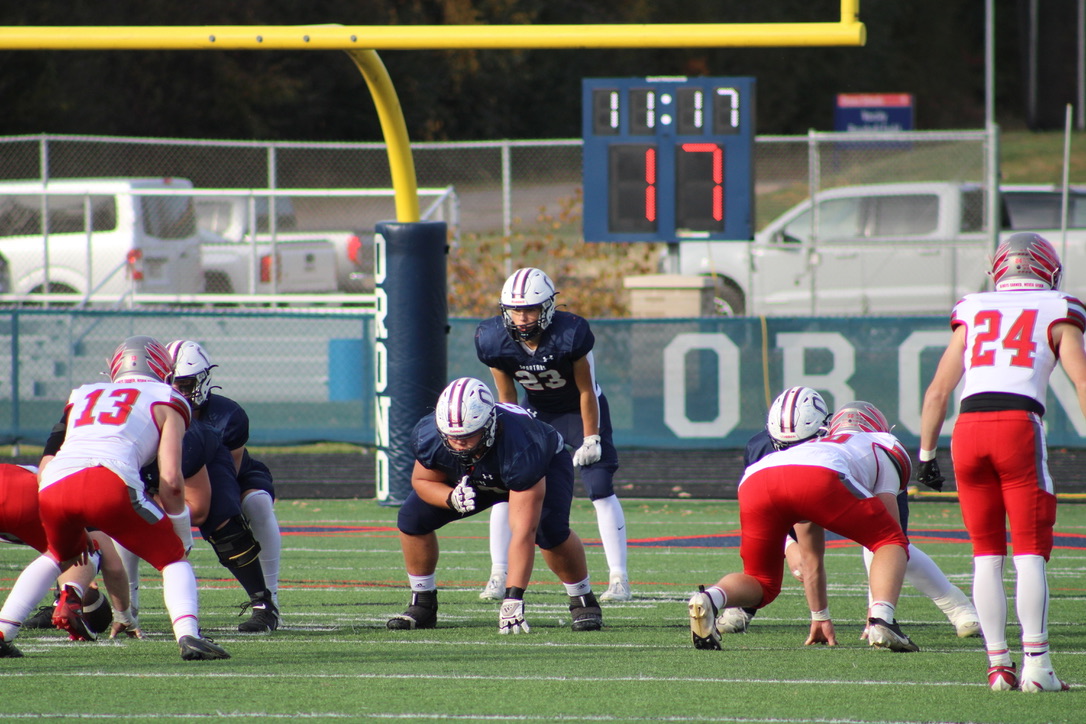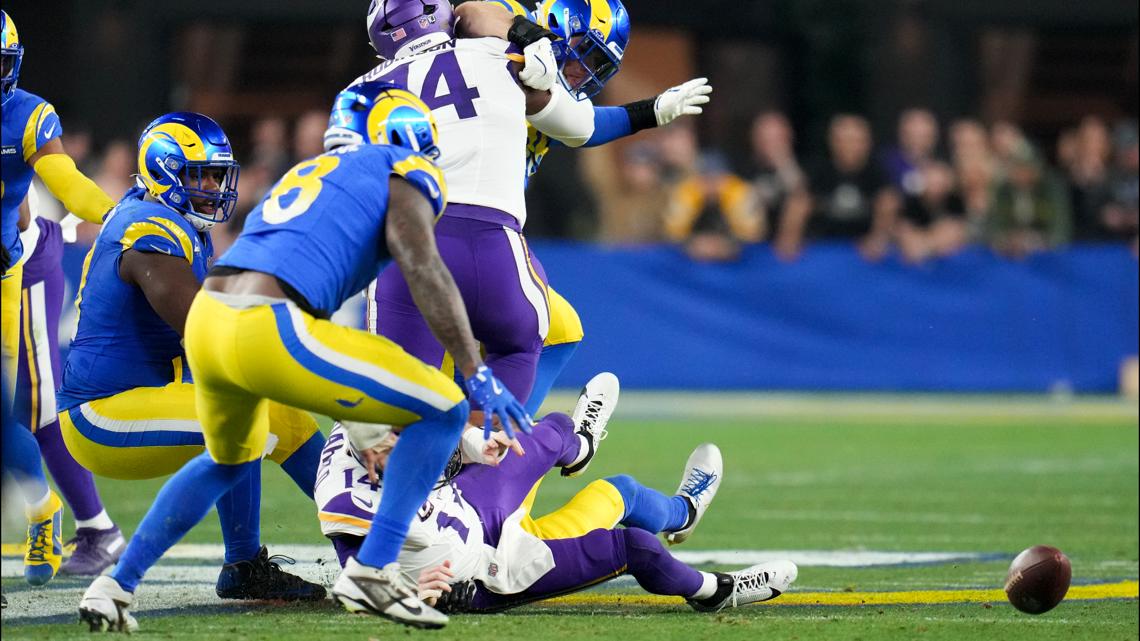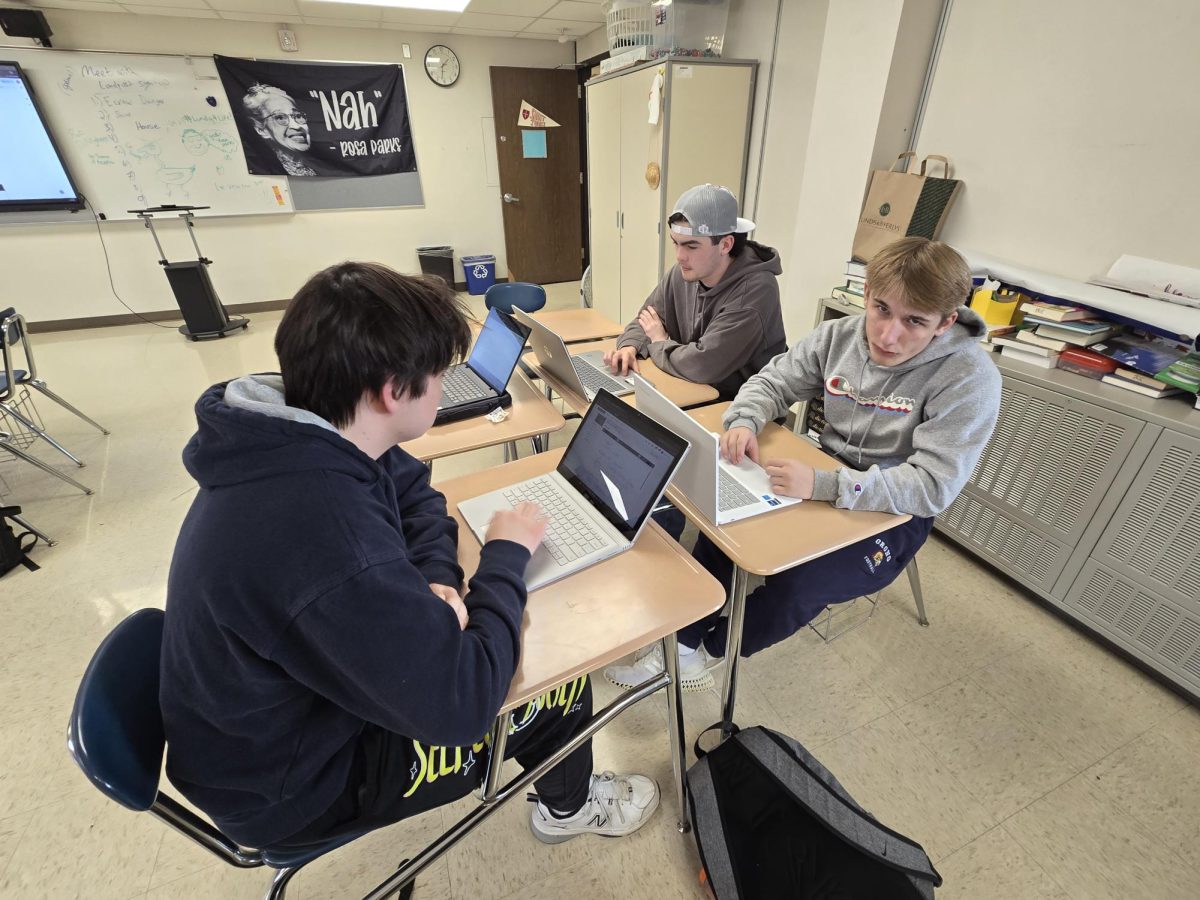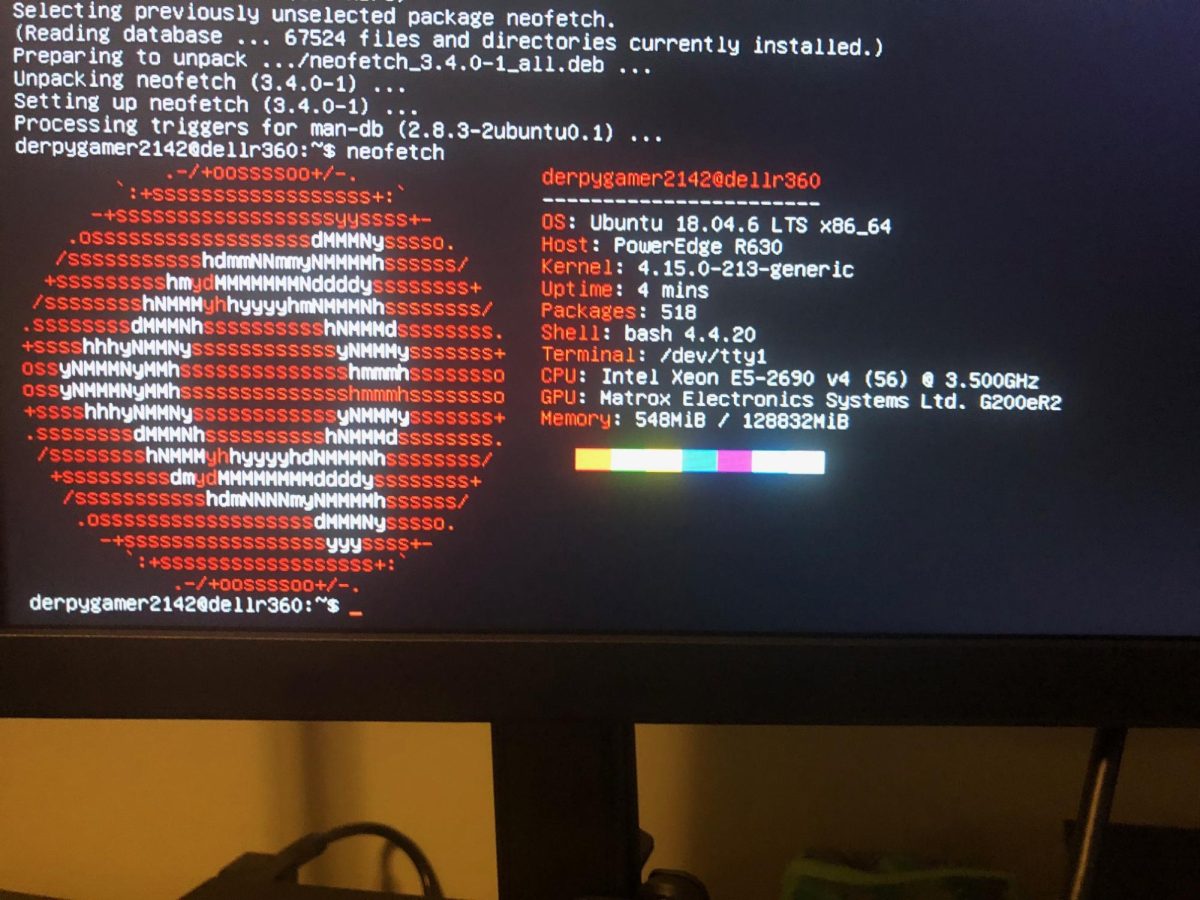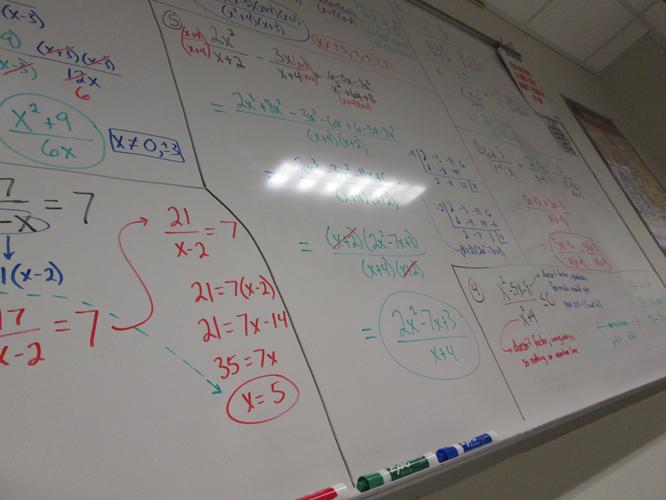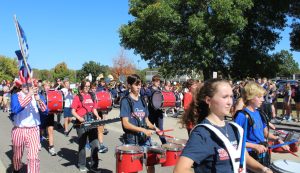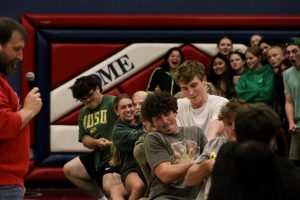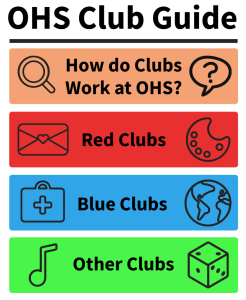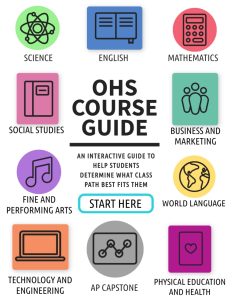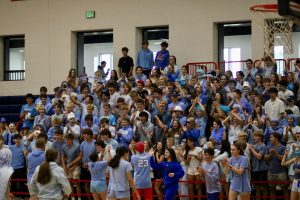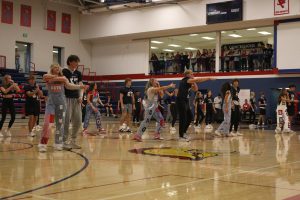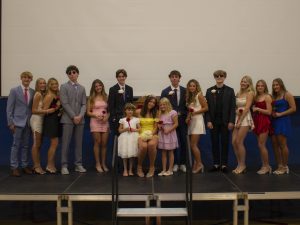Learning Styles: Visual or Auditory plus one more
Notes may not be the only helpful learning technique.
March 2, 2015
The other day I was sitting outside a professor’s classroom and listening in on the lecture. The class was about the psychology of learning, and each of the students had taken a test to see what their main learning style was. There were three different learning styles that were listed off: auditory, visual and kinesthetic.
Auditory learners would get a lot out of recording and listening to a lecture. A person who is predominately an auditory learner would benefit from engaging in class, asking questions, and getting responses. Study groups and talking through the material would be the ideal way to study for a test or quiz.
Visual learners are people who get more from photos and looking at graphs. It doesn’t mean that one would have a photogenic memory. Visual learners would get a lot out of watching a movie or seeing a flow chart.
Kinesthetic is the learning style for people who learn more while actually doing something. Individuals that are kinesthetic learners would not get as much out of taking notes or listening to a lecture. They get would get more out of participating in activities.
The professor explained that these people were hands on type people. She gave the example of when she taught elementary science. Each student would have to act out the solar system. For some students, this was the only way that they would actually grasp the concept put before them.
She also explained how to get the most out of learning by using a certain way to teach. Starting with auditory and visual, such as movies or video clips are better for grasping their attention. Capturing two out of the three learning styles is a help to the greater percent of the population in a classroom.
The second step would be to have students take notes and listen to a lecture. These should be handwritten notes. Studies have shown a strong correlation between memory and handwritten notes. It should be noted that correlation does not equal causation. It is not possible to alter a person’s memory, nor would it be ethical. So psychologist must rely on correlational studies.
The third step would be to possibly act it out, or use some other form of movement. There is a reason that freshmen sometimes act out Romeo and Juliet. It’s about capturing all three learning styles: incorporating movement, watching, and listening. These are the main components to the learning styles.
In science, labs would be another example. For some students, reading or taking notes is not enough to bring home the idea of something.
All of this was wrapped up with explaining ‘the rule of three.’ It explains that memory needs to be reinforced at least three times in order for it to make the switch from working memory, or short term, to long term memory.
Each day our working memory will forget things in split seconds. There is no need for us to hang on to those. For instance, driving a car, red is associated with stopping in our brains. Red tail lights, red stop signs, red lights, but we don’t need to remember each and every time we stop. So a little bit later it is forgotten.
It’s important to remember that one person only benefits from one type of learning. It’s more of what one gets the most out of.





